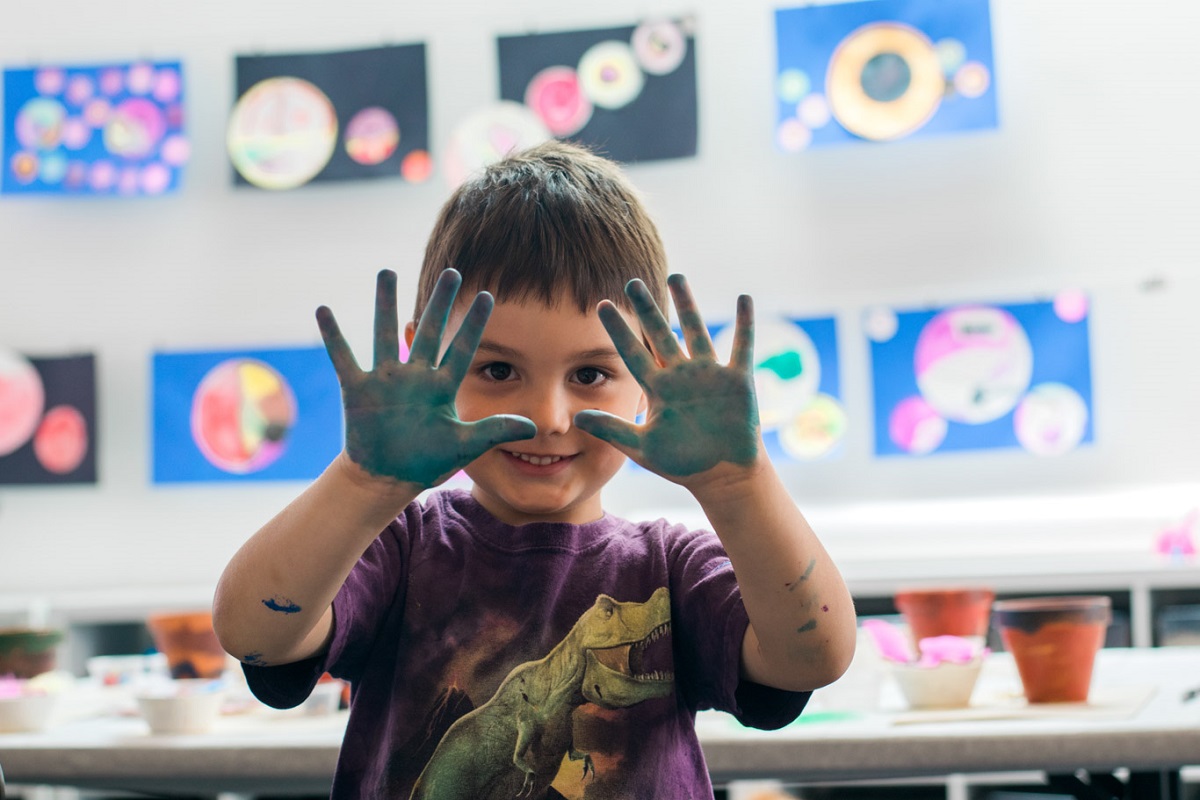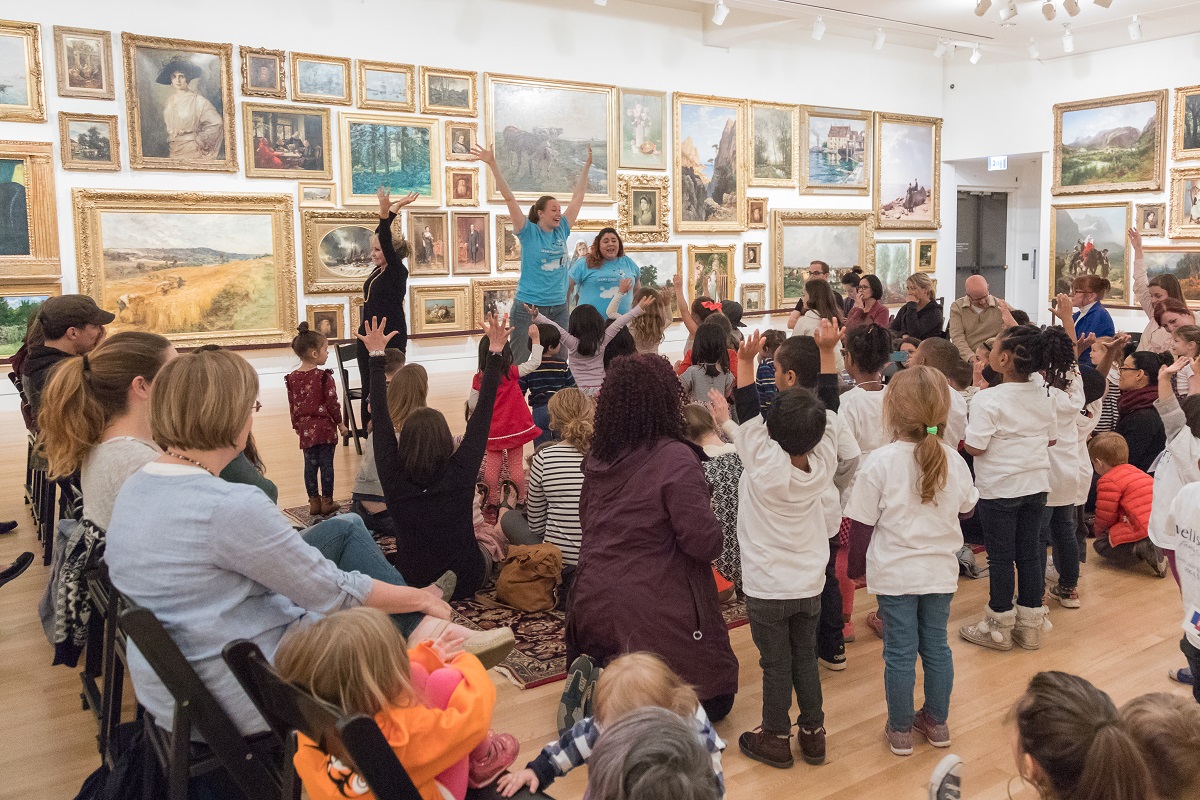
Ms. Mari Horita
Arts Education Helps Train Tomorrow’s Workforce: A strong arts education helps prep kids for the future
Posted by Oct 12, 2017 0 comments

Ms. Mari Horita
This post is co-authored by Kara Hurst, Director, WW Sustainability, Amazon & ArtsFund Trustee.
To build the workforce of tomorrow, let’s invest in arts education for our youth today.
At a recent ArtsFund luncheon, Keynote Steven J. Tepper highlighted the science and statistics behind the role of artistic minds in shaping our future. Dr. Tepper shared data showing that Nobel Prize winners are four times more likely to be musicians, 17 times more likely to be visual artists, and 22 times more likely to be performers than scientists who did not win the Nobel Prize. Moreover, patent holders are 30% more likely to have studied the arts as children. And 93% of STEM honors graduates have some musical training compared to 34% of American adults.

Tepper’s remarks highlight the clear link between participating in the arts and excellence in invention and scientific discovery. They also underscore the importance of creative thinking when it comes to jobs that enable us to face the challenges of our generation. As we face unprecedented shifts and advances in technology, globalization, and demographics, creativity is crucial for professional success. In fact, a Conference Board Survey of American CEOs found the number one trait they seek in today’s graduates is creativity. This is where arts come into play. Arts shape the mind for creative inquiry, build intellectual muscle for asking what-if and if-then questions, and develop outside-the-box thinking. Simply put, education in the arts builds creativity.

In addition to building creative competency in our youth, arts participation also leads to higher test scores and grade point averages, increased rates of graduation, and a greater likelihood to attend college. A student involved in the arts is four times more likely to be recognized for academic achievement or to participate in a math and science fair, and three times more likely to win an award for school attendance or to be elected to class office. These facts demonstrate strong correlation between youth arts involvement and individual achievement, discipline, and civic engagement.

These findings are reflected across socio-economic status, indicating how critical it is that all our youth have access to arts and cultural experiences. Studies show that early arts engagement for students from low socio-economic backgrounds significantly increases their likelihood of college attendance and graduation. Increased graduation rates lead to increased employability, and studies also show these students demonstrate increased volunteerism and political participation. Exposing young people from all backgrounds to the arts is an investment not only in their future, but in a collective future with an employed and engaged next generation.

The Central Puget Sound Region is renowned for innovation and creativity, anchored in part by companies that have pioneered advances in technology, healthcare, and aerospace, among others. At Amazon, where the challenge is to reinvent and simplify and to think big in putting innovation to scale, everyday work is infused with creative thinking. A holistic and systemic approach is critical to sustainable business growth. In addition to our strong business culture, our vibrant arts and cultural community keeps our region out front, helping make this such an attractive and stimulating place to live, work, and raise a family. As we look to the future, an investment in arts education and youth arts access, both in and out of our schools, is a smart one.
